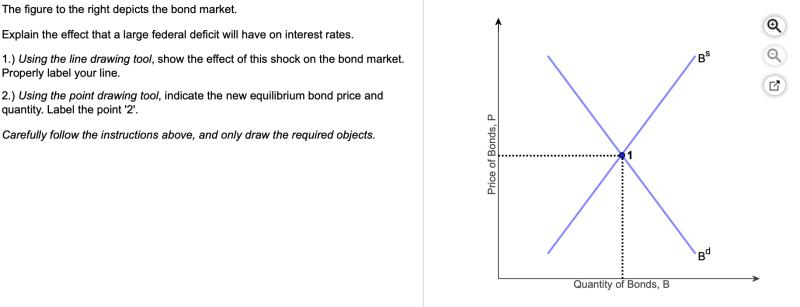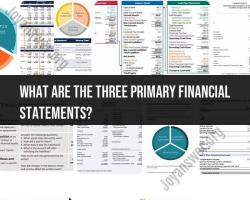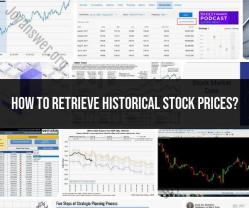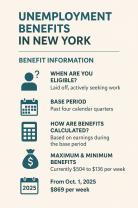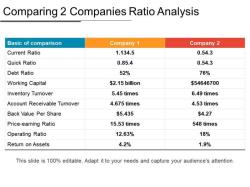Does the bond market determine interest rates?
The relationship between the bond market and interest rates is dynamic, and while the bond market is an important factor influencing interest rates, it is not the sole determinant. The bond market and interest rates are interconnected, with each influencing the other in a complex relationship. Here's an overview of how they interact:
Interest Rates Influence Bond Prices:
- Interest rates set by central banks, such as the Federal Reserve in the United States, have a significant impact on bond prices. When central banks change their policy rates, it can affect short-term interest rates, influencing the pricing of short-term bonds.
Supply and Demand in the Bond Market:
- The bond market operates based on the principles of supply and demand. When demand for bonds increases, prices rise, and yields (interest rates) tend to fall. Conversely, when demand decreases, prices fall, and yields rise.
Bond Issuers and Market Conditions:
- Bond issuers, including governments, municipalities, and corporations, determine the interest rates they are willing to pay when issuing bonds. Market conditions, such as the prevailing interest rate environment, economic outlook, and credit risk, influence the rates offered by bond issuers.
Yield Curve and Expectations:
- The yield curve, which shows the relationship between interest rates and the time to maturity for bonds, is a key indicator. Changes in the yield curve can reflect market expectations for future interest rates. An upward-sloping yield curve suggests expectations of rising rates, while a downward-sloping curve indicates expectations of falling rates.
Central Bank Policies:
- Central banks use monetary policy tools to influence interest rates in the economy. For example, when a central bank wants to stimulate economic activity, it may lower short-term interest rates. This can impact the yields on bonds across different maturities.
Inflation Expectations:
- Inflation expectations play a role in shaping interest rates. Bond investors typically demand higher yields when they anticipate higher inflation, as inflation erodes the real value of fixed interest payments.
Credit Risk and Spreads:
- The credit risk associated with a bond issuer affects the interest rate investors demand. Bonds with higher credit risk generally offer higher yields to compensate for the additional risk. The yield spread is the difference between the yield on a bond and a benchmark, reflecting credit risk.
While the bond market is influenced by interest rates set by central banks and other economic factors, it also plays a role in determining interest rates. The ongoing trading and transactions in the bond market, driven by investor behavior, market sentiment, and economic conditions, contribute to the determination of prevailing bond yields and interest rates.
Absolutely, the bond market plays a vital role in determining and influencing interest rates. It's a dynamic ecosystem where supply and demand forces, investor sentiment, and economic factors interweave to shape the landscape of borrowing costs. Let's delve deeper into this intricate relationship:
1. The Bond Market as a Rate Setter:
Yes, the bond market plays a crucial role in setting interest rates, not just reflecting them. This happens through several mechanisms:
- Supply and Demand: When there's high demand for bonds and limited supply, issuers can offer lower interest rates. Conversely, excess supply with less demand forces them to offer higher rates to attract buyers. This directly impacts market yields.
- Risk and Creditworthiness: Bonds issued by entities with lower credit risk (like governments) typically have lower yields. This sets a benchmark for other borrowers, influencing overall interest rate trends.
- Maturity Date: Longer-term bonds generally have higher yields due to the increased risk of holding them for longer. This creates a yield curve, shaping various borrowing costs across different timeframes.
2. Bond Market Activity and Interest Rate Influences:
Several bond market activities directly influence interest rates:
- Open Market Operations: Central banks like the Federal Reserve buy and sell government bonds to inject or drain liquidity from the financial system. This influences bond prices and, consequently, market yields.
- Investor Expectations: The bond market acts as a barometer of investor expectations for future economic conditions and inflation. Their shift in risk appetite or economic forecasts can cause fluctuations in bond yields, impacting broader interest rates.
- Credit Ratings: Downgrades or upgrades in credit ratings of major issuers can significantly impact their borrowing costs and subsequently influence the overall yield curve.
3. Specific Bond Instruments and Indicators:
Certain bond instruments and indicators serve as key influencers:
- Treasury bonds: US Treasury bonds issued by the government are considered virtually risk-free and set the benchmark for low-risk borrowing costs. Changes in their yields ripple through the entire market.
- High-yield bonds: Bonds issued by riskier companies have higher yields and react more sensitively to changes in market conditions or the issuer's financial health, impacting broader risk premiums.
- Yield curve: The shape of the yield curve (comparing yields across different maturities) reflects market expectations for future interest rates. A steep curve suggests anticipation of rising rates, while a flat curve implies expectations of stability.
4. Economic Factors and Mechanisms:
Several economic factors connect the bond market to interest rate movements:
- Inflation: Rising inflation expectations prompt investors to demand higher returns on bonds, pushing yields up. This can put pressure on central banks to raise rates to manage inflation.
- Economic Growth: Strong economic growth often leads to increased demand for borrowing, potentially pushing yields up as issuers compete for funds.
- Geopolitical Events: Global events like political instability or natural disasters can significantly impact investor risk appetite and, consequently, bond market yields.
5. Central Banks and Bond Market Data:
Central banks and financial institutions rely heavily on bond market data to inform their interest rate decisions:
- Monitoring Yields: Central banks closely monitor changes in various bond yields to gauge investor sentiment, risk perceptions, and expectations for future economic conditions.
- Gauging Inflation Pressures: Bond market yields, particularly inflation-protected securities, provide valuable insights into inflationary pressures and guide central banks' monetary policy decisions.
- Assessing Financial Stability: Bond market activity, especially in high-risk segments, can signal potential financial stability concerns that central banks need to address through appropriate interest rate adjustments.
In conclusion, the bond market plays a multifaceted role in shaping the landscape of interest rates. From setting benchmarks to reflecting investor sentiment and responding to economic forces, it's a crucial piece of the financial puzzle. Understanding this dynamic relationship empowers investors and central banks alike to make informed decisions and navigate the ever-changing world of borrowing costs. Remember, staying informed about the bond market and its intricate connections to various economic factors is essential for navigating the complex world of finance with confidence.
